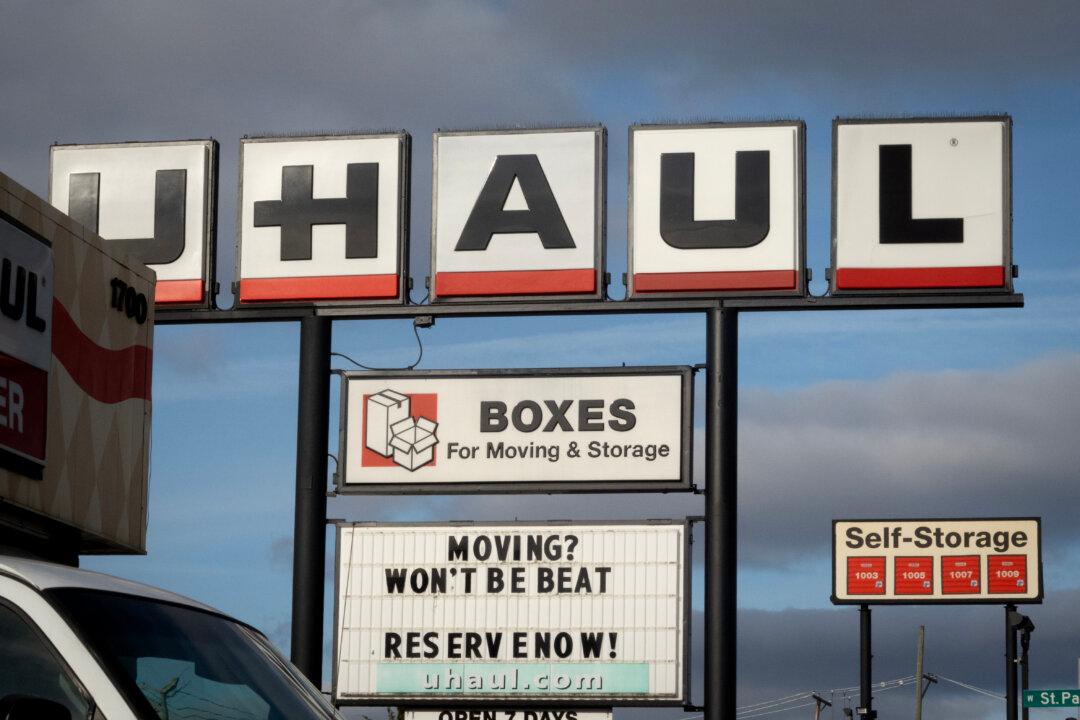Fewer Americans headed to shopping malls during the Black Friday weekend compared to last year, new data suggests, as rampant inflation and economic uncertainty took a toll on retailers during the shopping holiday.
Indoor malls, open-air lifestyle centers, and outlet malls all saw declines in foot traffic during the weekend of Nov. 25 to 27 compared to last year’s Black Friday weekend, according to data released by Placer.ai, a company that provides location analytics to retailers.





